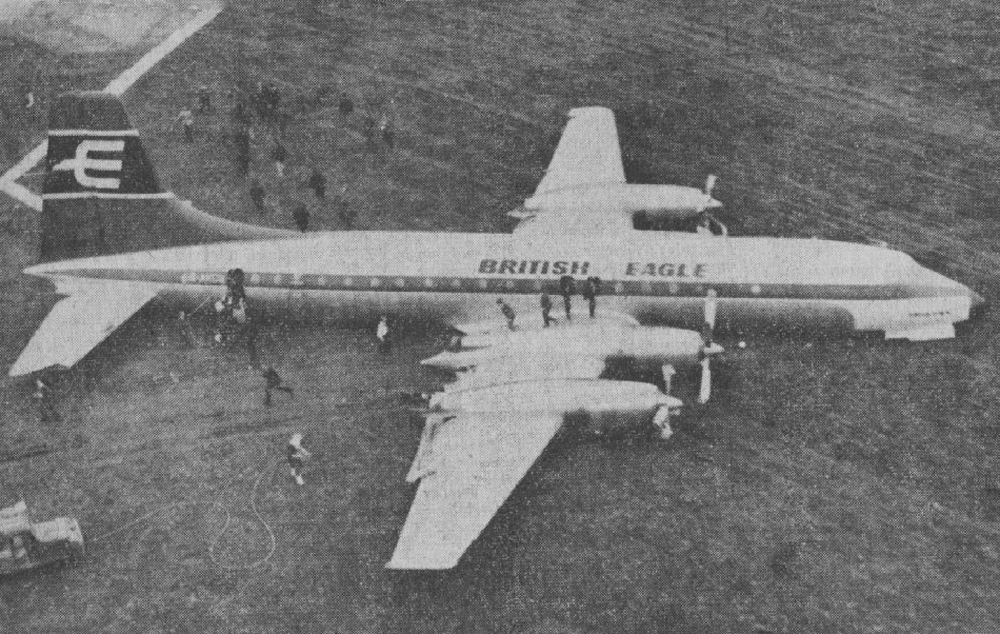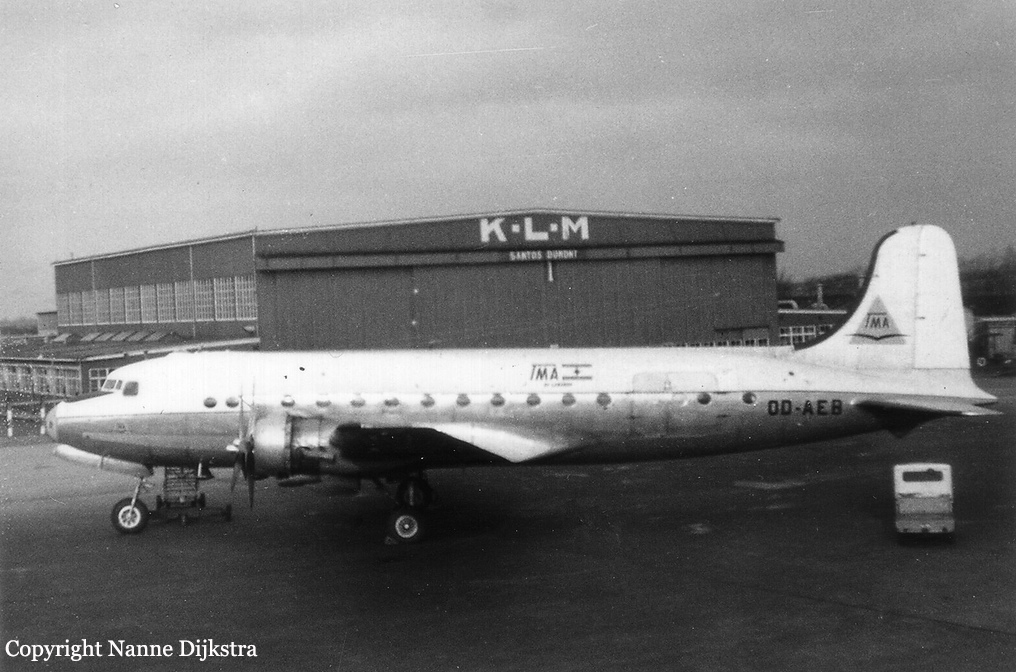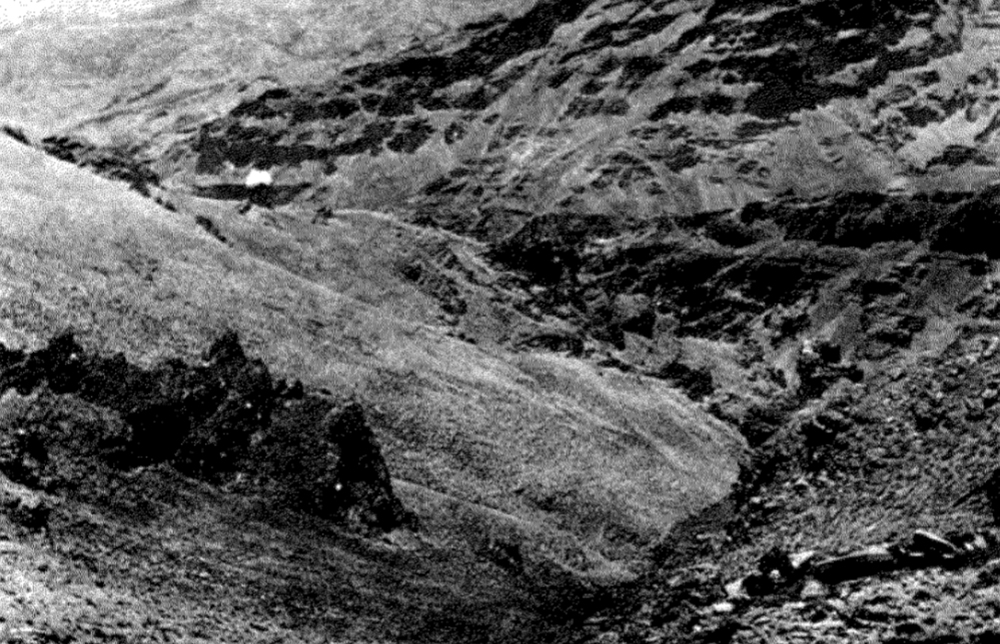Ground accident of a Saab 340A in Kuwait City
Date & Time:
Mar 12, 2007
Registration:
OD-IST
Survivors:
Yes
Schedule:
Kuwait City - Beirut
MSN:
13
YOM:
1984
Crew on board:
2
Crew fatalities:
Pax on board:
0
Pax fatalities:
Other fatalities:
Total fatalities:
0
Circumstances:
While taxiing at Kuwait City Airport, preparing for a flight to Beirut, the twin engine aircraft collided with a vehicle, causing serious damages to the right wing. Both pilots escaped uninjured while the aircraft was damaged beyond repair.















